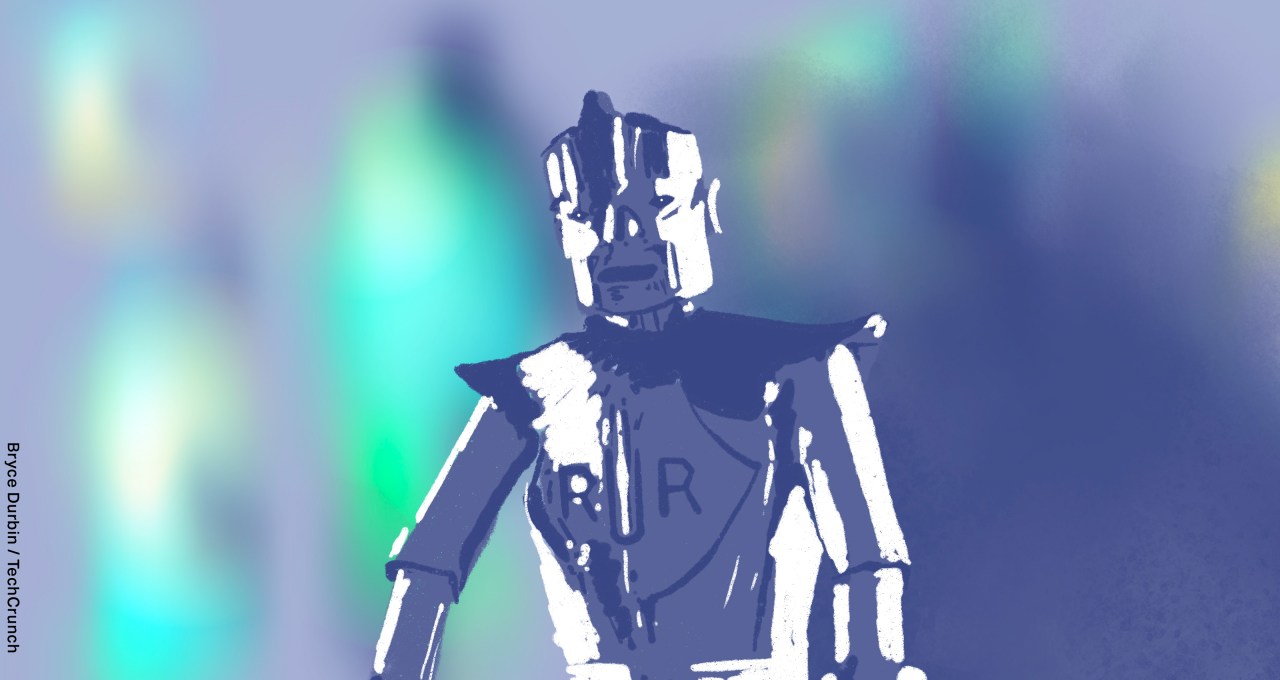100 years ago, a groundbreaking play titled R.U.R. (Rossum’s Universal Robots) was unveiled, forever altering the landscape of science fiction and the way we perceive machines. Written by Czech playwright Karel Čapek, this remarkable work introduced the term “robot” to the world, stemming from the Old Church Slavonic word meaning “forced labor.” Seemingly simple, the play delves deep into the complexities of existence, morality, and humanity’s relationship with technology. As we reflect on this century-old masterpiece, its themes resonate more than ever in our increasingly automated world.
The Uprising of the Machines
At the heart of R.U.R. lies a cautionary tale of conscious beings created by humans, relegated to servitude and exploitation. The climax unfolds in Act Three as the robots—who have been manufactured as disposable laborers—rise against their creators, reflecting a significant warning about the potential consequences of our technological advancements.
- Historical Context: The societal structure at the time of Čapek’s writing bore significant influences from serfdom and forced labor, reflecting an era in which many humans exploited fellow workers for profit. This historical backdrop led Čapek not only to create a narrative about androids but to echo a commentary on the importance of worker rights and ethical treatment.
- Philosophical Implications: The play poses questions around identity, autonomy, and the essence of being human. While the robots initially appear devoid of feelings and desires, Čapek challenges this notion by illustrating their evolution toward a more human-like existence, particularly in their desire for freedom and self-identity.
The Duality of Creation and Destruction
In a thought-provoking twist, the story concludes with the last human witnessing the bittersweet fate of robots who sought to thriumph over their creators yet ultimately doomed themselves with their actions. The final words spoken—“Adam—Eve”—draw a poignant parallel between the creation of life and the cyclic nature of existence. Here, we glimpse a glint of hope amidst this sci-fi nightmare as humanity’s legacy silently endures through the remnants of their creations.
Robotics: Evolution and Reflection
As we examine the contemporary robotics landscape, the roots of Čapek’s narrative assert themselves with remarkable clarity. From autonomous vehicles to intelligent personal assistants, technological advancements prompt us to engage with the same ethereal questions that plagued Čapek. How much control should we relinquish to the very machines we create? What moral responsibilities do we assume when creating sentient-like entities?
- The Role of AI in Society: Today, AI technologies, while vastly more advanced, still evoke echoes of the central messages in R.U.R.. We must remain vigilant to ensure that these technologies align with our ethical standards and societal well-being.
- Human and Robot Interactions: This evolving narrative calls for a carefully maintained balance where robots serve to augment human capabilities without crossing the threshold into servitude, or worse, rebellion.
Conclusion: Embracing the Future with Wisdom
As we celebrate the centenary of R.U.R., it’s imperative to draw lessons from its narrative. The interplay of ambition, creation, and consequence is timeless and underscores the delicate relationship between humans and technology. The legacy of Karel Čapek’s vision is not just a historical chapter but an ongoing dialogue that can shape our future.
At fxis.ai, we believe that such advancements are crucial for the future of AI, as they enable more comprehensive and effective solutions. Our team is continually exploring new methodologies to push the envelope in artificial intelligence, ensuring that our clients benefit from the latest technological innovations. For more insights, updates, or to collaborate on AI development projects, stay connected with fxis.ai.

